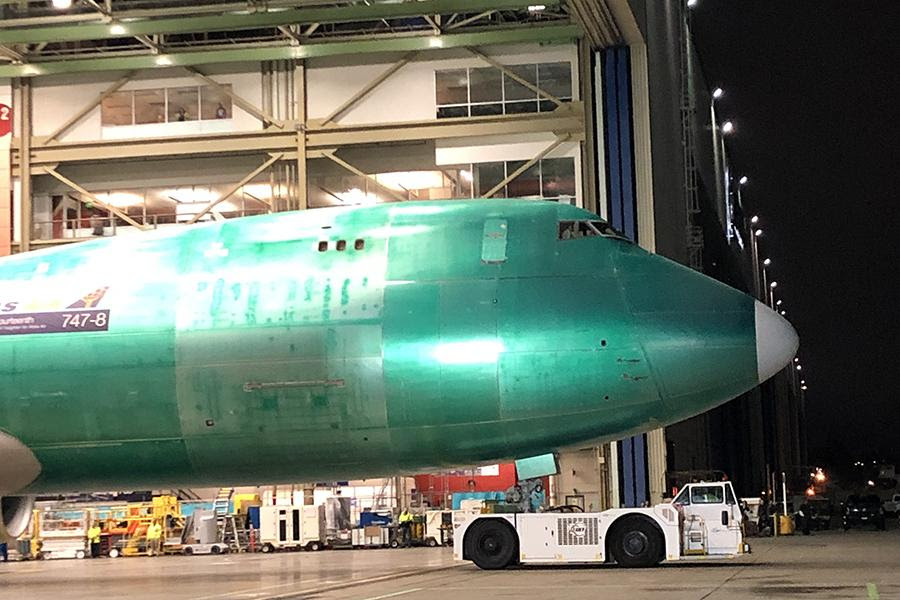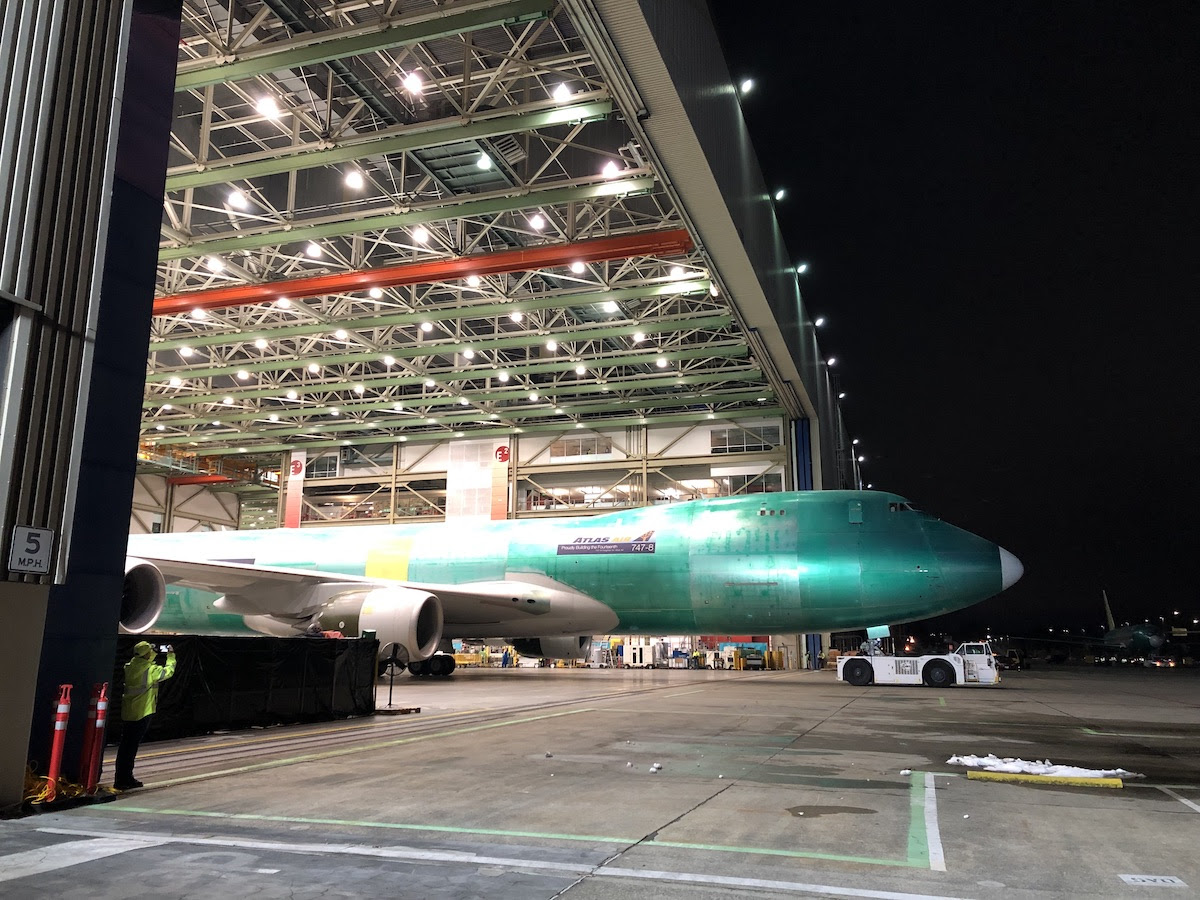I wanted to post this last week but I was too busy, between Thanksgiving and New Years, we are busy, unless the plane is broke, she is flying passengers, so when a plane comes in, we fix her as fast as we safely can and return her to revenue service, the flying public is relying on us to get to where they have to go during the holiday season. I kinda wished my employer had bought some 747-8's but it wasn't to be, the plane really didn't work with our routes that the planes we already had could handle so we took a hard pass. It is a shame, the 747 is a plane like no other.


SEATTLE—Boeing rolled out the last 747 from its Everett assembly site in Washington on Dec. 6, marking the end of the line for the world’s first widebody transport and bringing down the curtain on an unprecedented 55 years of continuous production of the twin-aisle model.
Watched mostly in silence by Boeing workers, the final 747, a -8F freighter, emerged into the cold night from Everett’s Building 40-21—the original 747 production line facility built on land hacked out of virgin evergreen forest 56 years ago. Line number LN 1574 will be painted and completed over the coming months before delivery to cargo carrier Atlas Air in early 2023.
Although the 747 will continue to ply the air routes for years to come, particularly in its final 747-8 freighter guise, it is the impact of the passenger-carrying model on world air travel in the 1970s and beyond for which the aircraft will be forever remembered. When introduced into service the double-deck, twin-aisle 747 represented an astonishing increase in scale over the single-aisle 707s and Douglas DC-8s of the day—most of which carried around 140 passengers.
As the late Pierre Sparaco, Aviation Week’s former Paris Bureau Chief who attended the first 747 roll out in 1968, later recalled, “suddenly we were admiring a 363-seat giant that could accommodate up to 490 passengers in a high-density cabin configuration. This was an unbelievable change of gauge, the dawn of a new age or, in other words, the end of elitist air transportation and the emergence of mass flying in ‘tourist’ class—an unprecedented initiative in terms of marketing and fare levels.”

But the 747 did more than democratize air travel and influence social interaction on a global scale. The technology behind its development—particularly the availability of powerful, yet quieter, high bypass turbofans—also enabled the birth of a follow-on wave of first-generation widebodies that combined to transform the industry.
Perhaps the most enduring irony of the 747 is that its success as both an airliner and freighter was based on the late design decision to give the aircraft a single wide deck. That move was driven by the belief that supersonic aircraft would quickly relegate the majority of 747s to be modified into freighters.
The late Joe Sutter, director of engineering for the original 747, once commented to the author that “of all the decisions we made, the most important was selecting the single wide deck. It gave us an airplane that was efficient and extremely flexible and was one of the main reasons for its success.” Sized to accommodate two 8 x 8-ft. seagoing containers side-by-side, its broad dimensions created not only the first widebody but also ensured a long life as a cargo carrier that would ultimately extend production to 2022—far beyond Boeing’s expectations.
With the end of 747 production, Boeing is preparing to bolster spares provisioning for the in-service fleet through Boeing Global Services. Following the consolidation of the 767/KC-46A and 747 line functions in 2016, and the transition of the 787 to Charleston, South Carolina, in 2021, the clearance of the 747 line will open up even more spare capacity in Everett. Boeing says no decisions have yet been taken on what to do with the space. Boeing meanwhile continues development of the 777X which—as the 777-9—is designed to fill the 747 passenger capacity slot from 2025 onward and—as the 777-8F—will become Boeing’s new largest freighter from 2027 onward.
To-date Boeing has delivered more than 1,570 747s, the bulk of which were 747-400s. In all, including various sub-models, Boeing has produced: 205 747-100s; 45 short-bodied 747SPs; 393 747-200s; 81 stretched upper deck 747-300s; 694 747-400s, the last -400F variant being delivered at the end of 2009; and, following the switch to production of the 747-8 in 2010, 48 747-8I passenger models and—pending completion of the final aircraft—106 -8F freighters so far.
No comments:
Post a Comment
I had to change the comment format on this blog due to spammers, I will open it back up again in a bit.